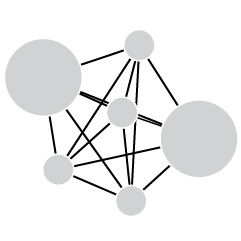Luis Melgar and Rachel Lerman, for the Washington Post, highlight the value of goods from Mexico, Canada, and China. While it’s hard to say how much tariffs will affect consumers directly, it seems like inflated grocery prices aren’t going away any time soon:
One of the first places shoppers may feel the impact of increased tariffs is in the grocery aisle. The United States imported $9.9 billion worth of vegetables and more than $11 billion worth of fruit and frozen juices from Mexico in 2023.
“The proposed tariffs would have a significant impact on food prices,” David Ortega, a food economist and professor at Michigan State University, said before the tariffs were officially enacted. Price hikes would come after years of high inflation in grocery aisles, a top concern for Americans in the last election.
The trade data is from USA Trade, maintained by the Census Bureau.

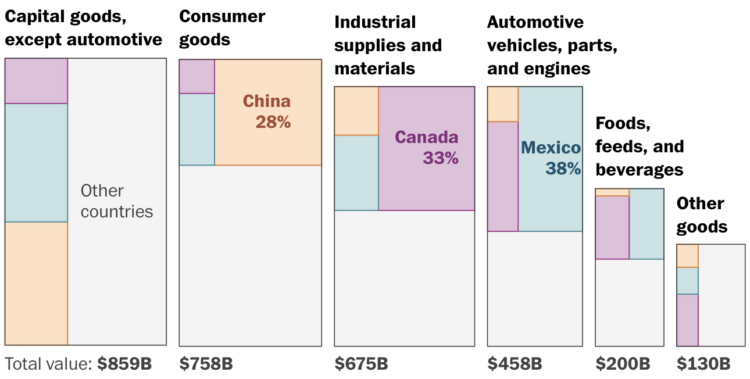
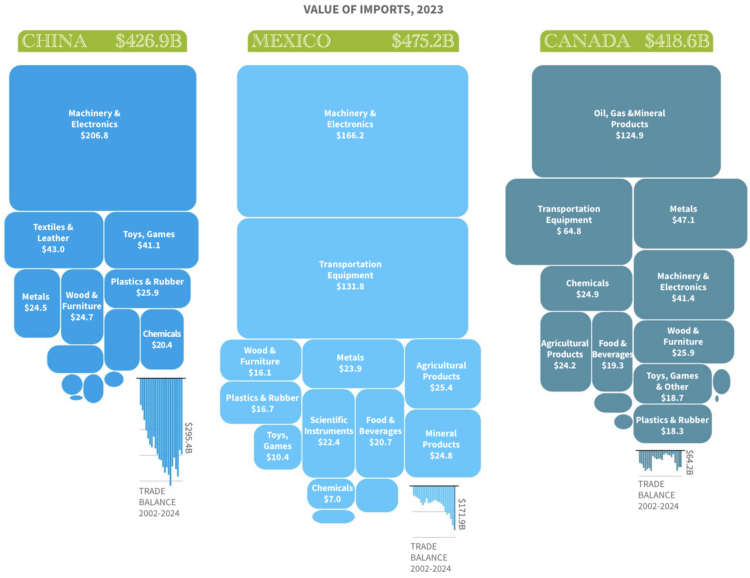


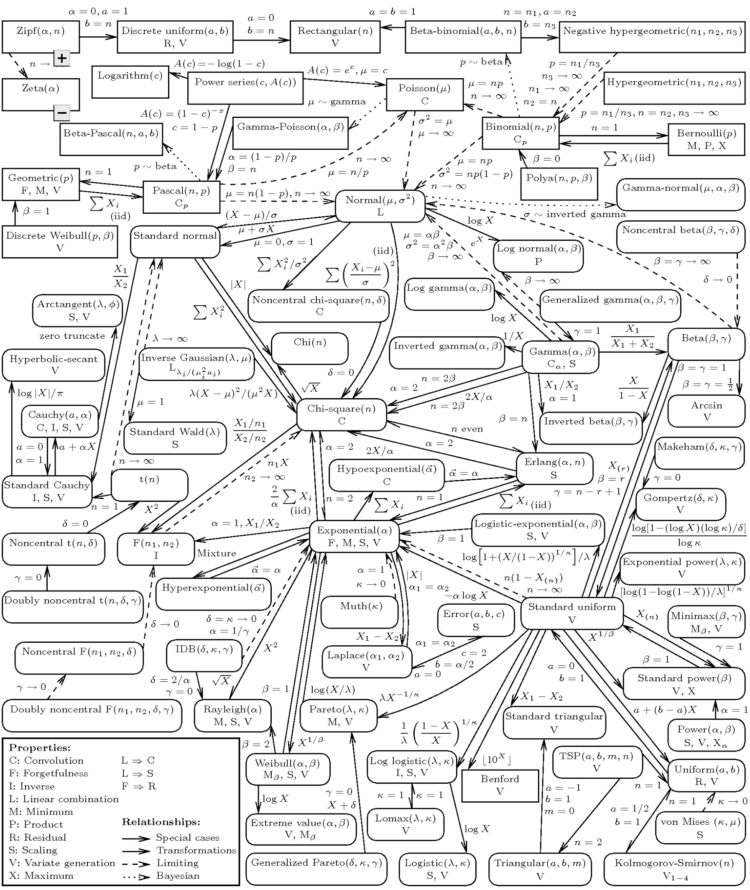


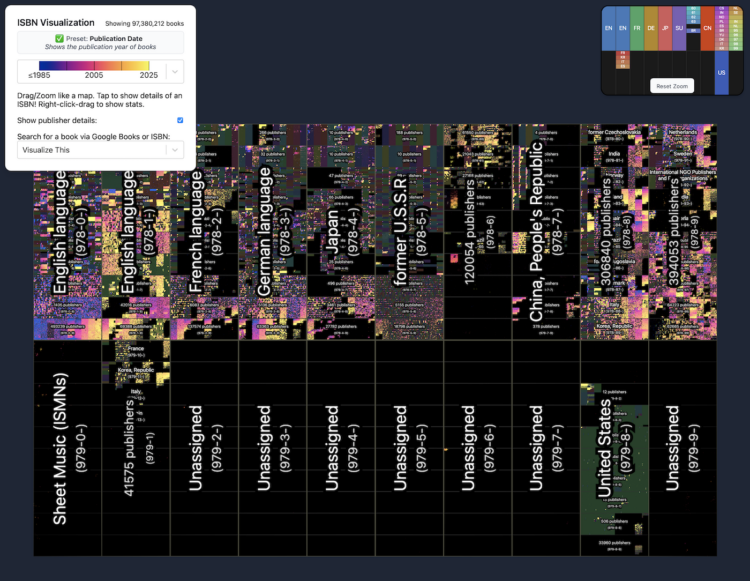
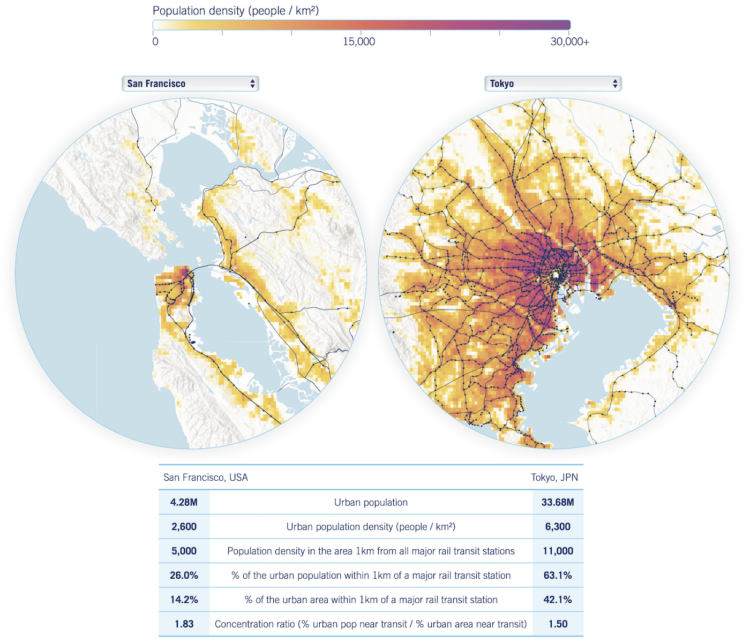

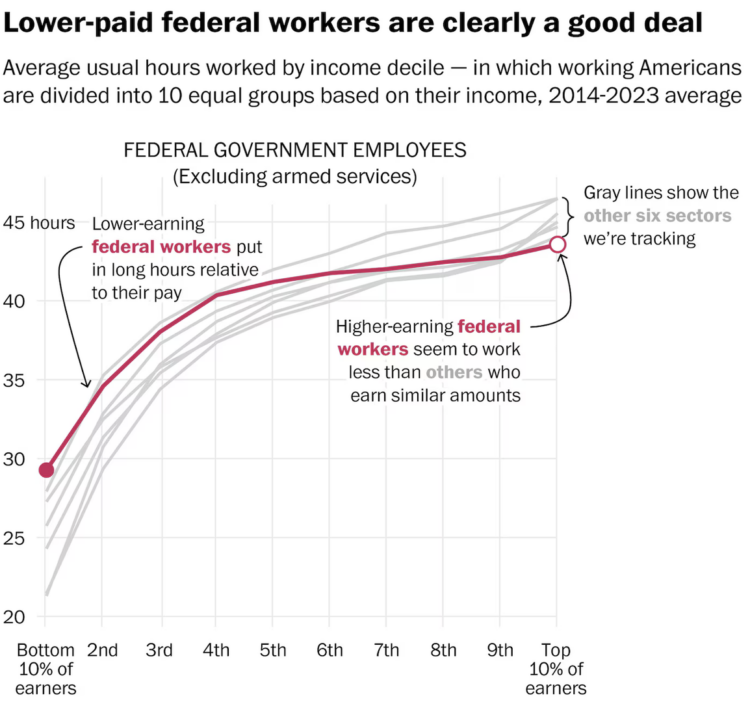
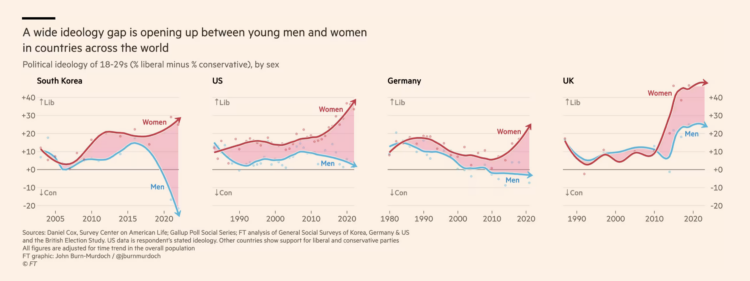
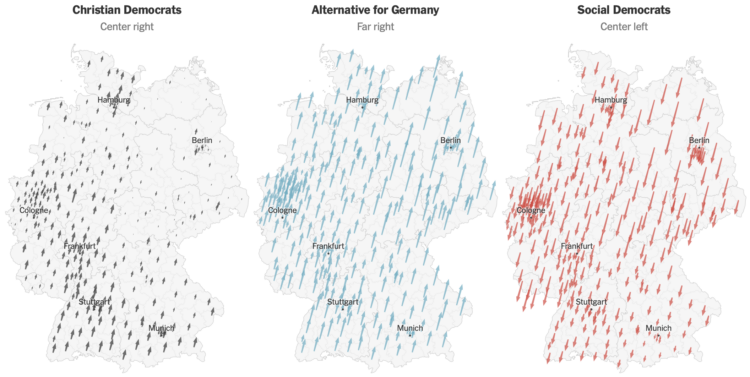

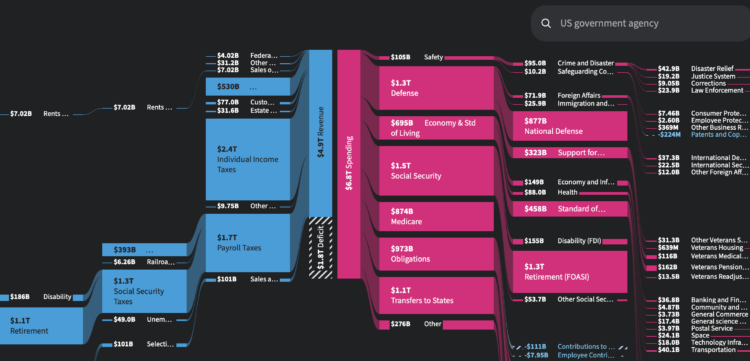


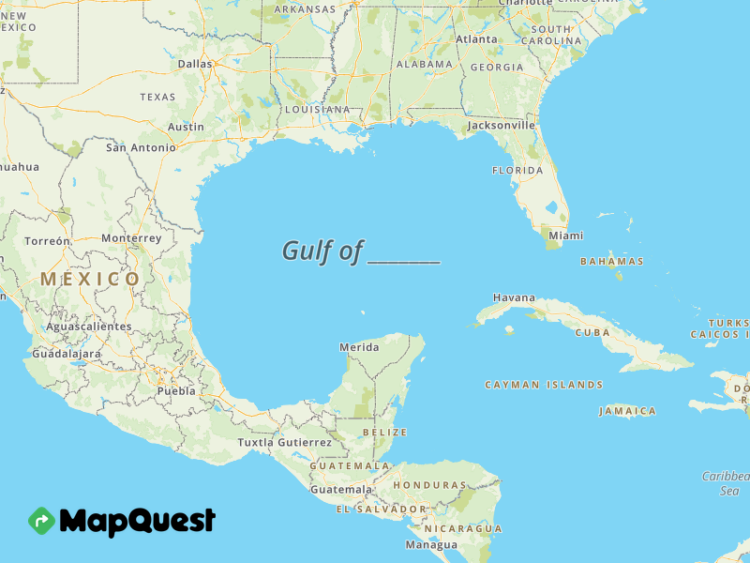
 Visualize This: The FlowingData Guide to Design, Visualization, and Statistics (2nd Edition)
Visualize This: The FlowingData Guide to Design, Visualization, and Statistics (2nd Edition)









